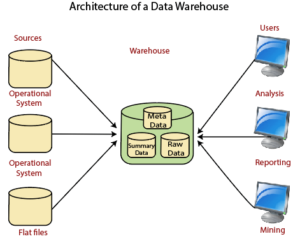Explain the principles of zero trust, its benefits, and the challenges in implementing a zero-trust security model.
Mitigating biases in AI systems requires a multifaceted approach. Firstly, diverse and representative data sets are crucial to avoid training AI on biased samples. Ensuring that these data sets include varied demographics helps the AI understand and serve all groups fairly. Secondly, incorporating fRead more
Mitigating biases in AI systems requires a multifaceted approach. Firstly, diverse and representative data sets are crucial to avoid training AI on biased samples. Ensuring that these data sets include varied demographics helps the AI understand and serve all groups fairly. Secondly, incorporating fairness-aware algorithms, such as those that balance outcomes across different demographic groups, can help mitigate biases during the model’s decision-making process.
Additionally, continuous monitoring and auditing of AI systems are necessary to identify and address biases that may emerge over time. Involving a diverse team in the development and evaluation stages can provide varied perspectives and highlight potential biases. Lastly, transparent communication about how AI systems work and the decisions they make allows for accountability and trust, enabling stakeholders to understand and challenge unfair outcomes. By combining these strategies, we can work towards fair and equitable AI systems that serve diverse populations effectively.
See less



### Principles of Zero Trust 1. **Never Trust, Always Verify**: Every user and device must be authenticated and authorized before accessing any resource, regardless of location. 2. **Least Privilege Access**: Users are given the minimum level of access necessary to perform their job, reducing potentRead more
### Principles of Zero Trust
1. **Never Trust, Always Verify**: Every user and device must be authenticated and authorized before accessing any resource, regardless of location.
2. **Least Privilege Access**: Users are given the minimum level of access necessary to perform their job, reducing potential damage from breaches.
3. **Micro-Segmentation**: Networks are divided into smaller segments, limiting access to sensitive data and reducing the risk of lateral movement by attackers.
4. **Continuous Monitoring**: Activity is continuously monitored to detect any unusual behavior that could indicate a security threat.
### Benefits of Zero Trust
– **Enhanced Security**: By requiring verification for every access request, it significantly reduces the risk of unauthorized access.
– **Reduced Attack Surface**: Micro-segmentation limits exposure, making it harder for attackers to access critical systems.
– **Improved Compliance**: Helps organizations meet regulatory requirements by ensuring strict access controls.
### Challenges of Implementing Zero Trust
– **Complexity**: Setting up a zero-trust model can be complicated, requiring changes to existing systems and processes.
– **Cost**: Implementing new technologies and training staff can be expensive.
– **User Resistance**: Employees may find the strict access controls cumbersome, which can lead to frustration and decreased productivity.
Overall, while zero-trust offers strong security benefits, organizations must carefully plan and manage its implementation.
See less